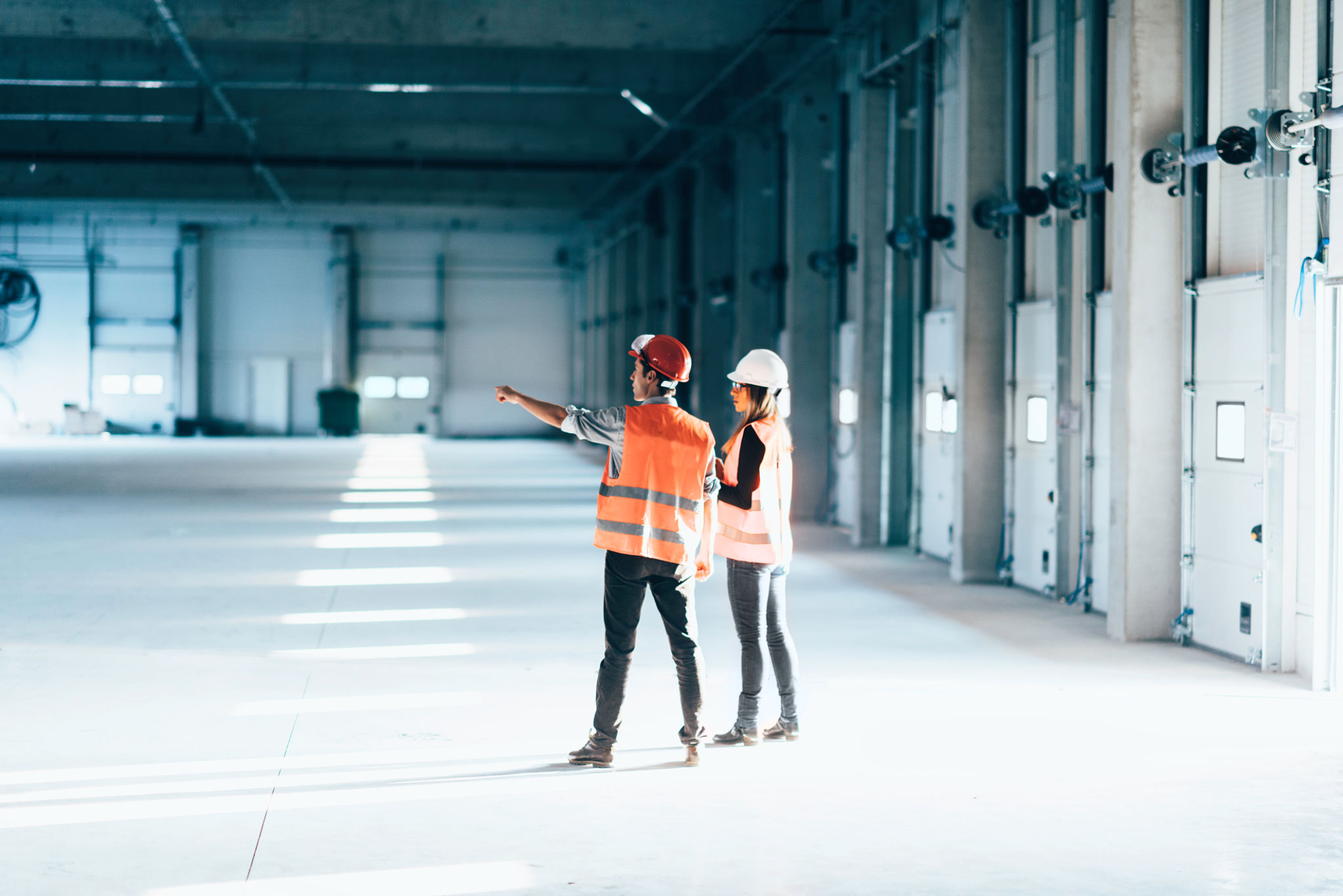Understanding Local Regulations for Ventilation Installations in London
Understanding local regulations for ventilation installations in London is crucial for both residential and commercial projects. These regulations ensure that ventilation systems are safe, efficient, and environmentally friendly. Compliance with these rules is not only a legal requirement but also a commitment to maintaining high indoor air quality standards.
When planning a ventilation installation, it's essential to be familiar with the Building Regulations in England, which provide guidelines on ventilation requirements. In London, these regulations are particularly stringent due to the city's unique environmental challenges and dense urban landscape.

Building Regulations Overview
The Building Regulations set out the legal standards for ventilation systems in new and existing buildings. They are designed to ensure that buildings are safe and healthy for occupants. Part F of the Building Regulations specifically addresses ventilation, outlining the necessary air flow rates and system specifications.
For residential properties, the regulations focus on providing adequate ventilation to control moisture and pollutants. This is crucial in preventing issues such as dampness and mold, which can have adverse health effects. For commercial buildings, the standards are often more complex due to the varied uses of the spaces.
Key Requirements
Several key requirements must be met under the Building Regulations. These include:
- Installing systems capable of providing a continuous air flow.
- Ensuring that ventilation systems do not compromise the building's energy efficiency.
- Adhering to specific air flow rates as outlined in Part F.
Failure to comply with these regulations can result in penalties and may require costly modifications to the building's ventilation system.

Planning Permission and Approvals
In some cases, especially for larger projects, planning permission may be necessary. This involves submitting detailed plans to the local authority for approval. The approval process ensures that the proposed system aligns with local planning policies and does not adversely affect the surrounding environment or community.
It's advisable to consult with a professional who has experience in navigating the planning permission process in London. They can provide guidance on the specific requirements and help ensure a smooth approval process.
Common Challenges
One of the common challenges in London is the integration of modern ventilation systems into older buildings. Many of the city's structures are historic and require special considerations to preserve their architectural integrity while meeting current standards.
Another challenge is the varying air quality across different parts of the city. Regulations may require additional measures in areas with higher pollution levels to ensure adequate indoor air quality.

Choosing the Right System
Choosing the right ventilation system is crucial for meeting regulations and ensuring optimal performance. There are several options available, including mechanical ventilation with heat recovery (MVHR) systems, natural ventilation solutions, and hybrid systems that combine both approaches.
The choice will depend on the specific needs of the building, its location, and its intended use. Consulting with an expert can provide valuable insights into which system will best meet regulatory requirements and performance goals.
Conclusion
Understanding and complying with local regulations for ventilation installations in London is essential for any construction or renovation project. By familiarizing yourself with the Building Regulations and consulting with professionals, you can ensure that your ventilation system is both compliant and effective. This not only protects the health and well-being of occupants but also contributes to a more sustainable and environmentally friendly city.